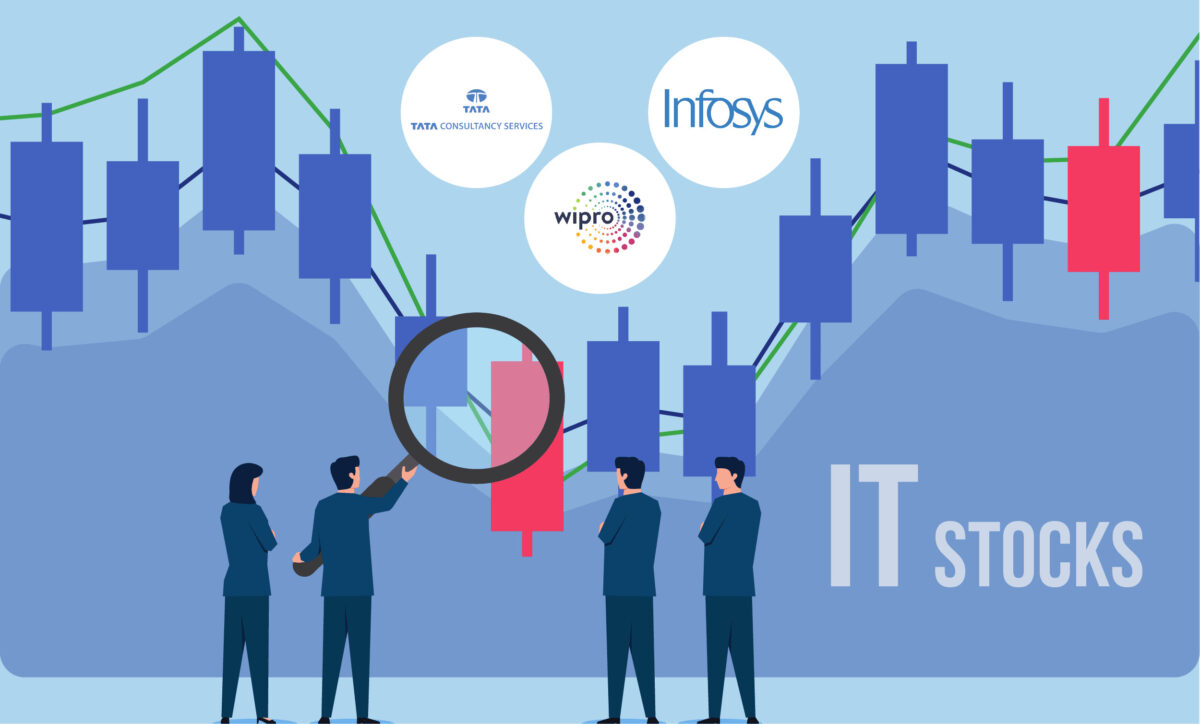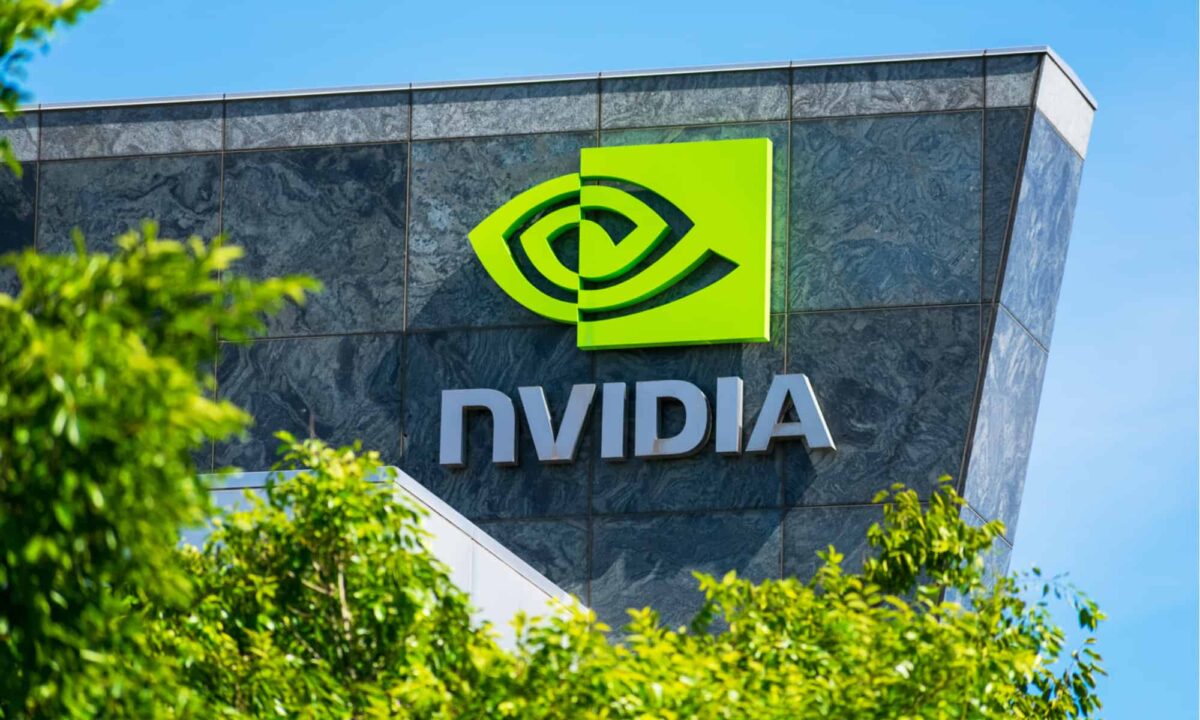Indian equity markets came under significant pressure on July 9, 2025, as benchmark indices closed lower amid broad-based selling, especially in heavyweight IT stocks. The BSE Sensex dropped 345 points to close at 76,785, while the NSE Nifty ended 98 points lower at 23,355.
The slide came after a four-day winning streak, as traders turned cautious ahead of key domestic earnings and global macroeconomic triggers.
IT Sector: The Biggest Drag
The major pullback was led by weakness in information technology stocks. Heavyweights like TCS, Infosys, Wipro, and Tech Mahindra saw profit-booking ahead of their Q1FY26 earnings reports later this week. Investors appear to be pricing in the impact of global spending slowdown and cautious outlooks from clients in the US and Europe.
- TCS fell over 2.1%
- Infosys slipped 1.8%
- Wipro declined 2.4%
- HCLTech shed nearly 1.5%
The Nifty IT index was among the worst-performing sectoral indices, falling over 2.2% intraday.
Other Sectoral Moves
While IT dragged the market, other sectors showed mixed action:
- Banking and Financials remained resilient, with ICICI Bank and HDFC Bank gaining marginally.
- Auto stocks witnessed profit-booking after recent highs.
- FMCG and Pharma saw muted action as defensive bets offered some downside protection.
Broader Market and Market Breadth
The broader markets also mirrored the weakness in frontline indices:
- The Nifty Midcap 100 and Smallcap 100 fell by around 0.6% and 0.4%, respectively.
- Market breadth remained negative, with declining stocks outnumbering gainers in a ratio of nearly 3:2 on the NSE.
Global Cues and Investor Sentiment
Investor sentiment was also influenced by global factors:
- US markets remained volatile amid mixed data on employment and inflation.
- Caution prevails ahead of US CPI data and the Federal Reserve’s policy stance, which could influence foreign institutional flows.
- FII activity remained lukewarm, with some signs of profit booking after sustained inflows in June.
Technical Outlook
From a technical standpoint:
- The Nifty faces immediate resistance near 23,500–23,600, while support is seen at 23,250–23,100.
- Analysts suggest short-term consolidation or mild correction is possible, especially if largecaps continue to underperform.
What Should Investors Do?
Experts advise a cautious approach in the near term:
- Await earnings from IT majors before taking fresh positions in the sector.
- Maintain a stock-specific approach and focus on strong fundamentals.
- Sectors like capital goods, defence, and select banks could continue to attract interest.
Conclusion
The Indian markets took a breather after a strong rally, weighed down primarily by the IT sector. As investors await crucial earnings updates and global cues, some consolidation is expected in the short term. However, the broader market trend remains optimistic for the long term, backed by domestic macro strength and improving corporate fundamentals.
Top-notch SEBI registered research analyst
Best SEBI registered Intraday tips provider
Telegram | Facebook | Instagram
Call: +91 9624421555 / +91 9624461555





